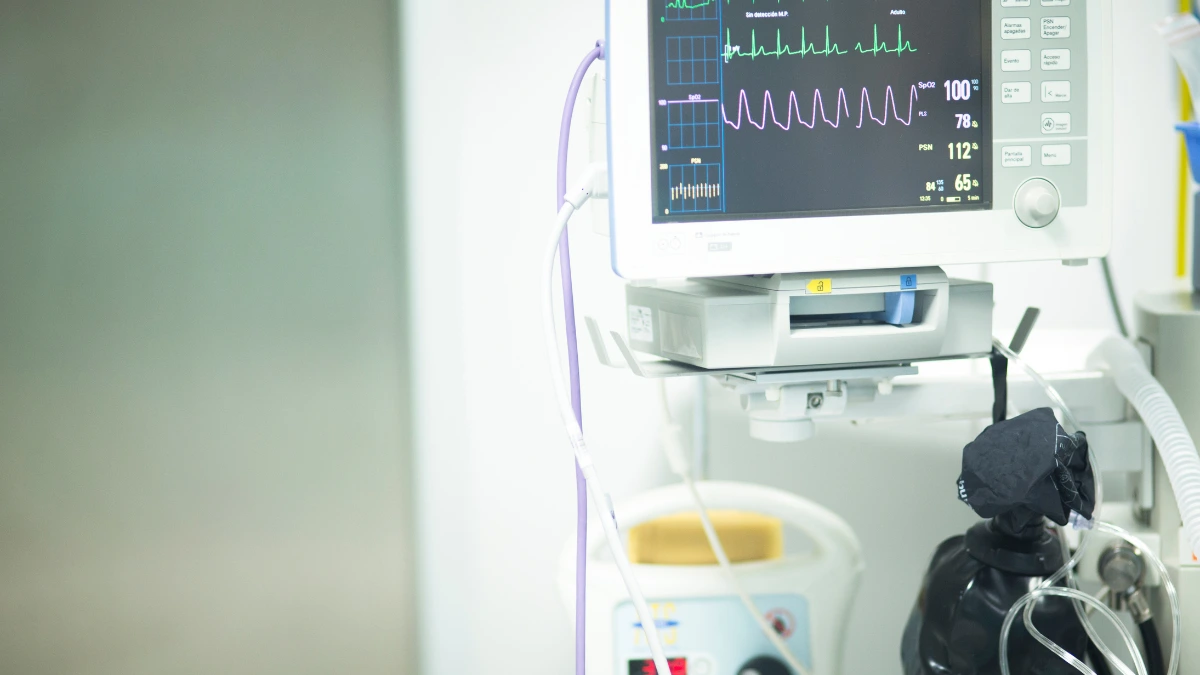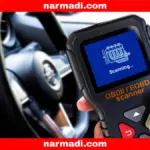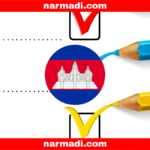Electrocardiogram (ECG) use communication technologies such as WiFi that operate within a specific frequency spectrum. This technology must meet the main requirements through a standard testing process to ensure its quality, security, and compliance with applicable regulations.
This standard electrocardiogram testing process is stated in the Ministerial Decree of the Ministry of Communication and Digital No. 12 of 2025 which regulates various technical aspects, ranging from radio frequency, and transmit power, to testing methods.
WiFi technology, which is widely used in electrocardiogram devices must comply with this standard to be used legally in Indonesia.
Also Read
Table of Contents
New Regulations on Electrocardiogram Technology

Ministerial Decree of the Ministry of Communication and Digital No. 12 of 2025 sets technical standards that must be met by ECG devices to be used legally in Indonesia.
This regulation covers radio frequency requirements, maximum transmit power, and testing for wild emissions (spurious emissions).
The following are the standard specifications:
| No | Testing Parameter | Benchmark |
| 1 | Operating Frequency | 57-64 GHz |
| 2 | Channel Bandwidth | ≤ 2,61 GHz |
| 3 | RF Output Power | ≤ 40 dBm EIRP |
| 4 | Power Spectral Density | ≤ 23 dBm/MHz EIRP |
| 5 | Spurious Emissions | Based on table III.2 |
| 6 | Out-of-Band Emissions | a. -30 dBm/MHz b. Table II.3, orc. Clause 4 ETSI EN 302 567 (the lowest version is v2.2.1) |
| 7 | Antenna | Integrated antenna |
| 8 | Physical Form of Access Point | a. Desktop form, b. And cannot be mounted on a pole |
| 9 | Access Point Enclosure | It is forbidden to have a weatherized enclosure. |
Electrocardiogram Testing Standards
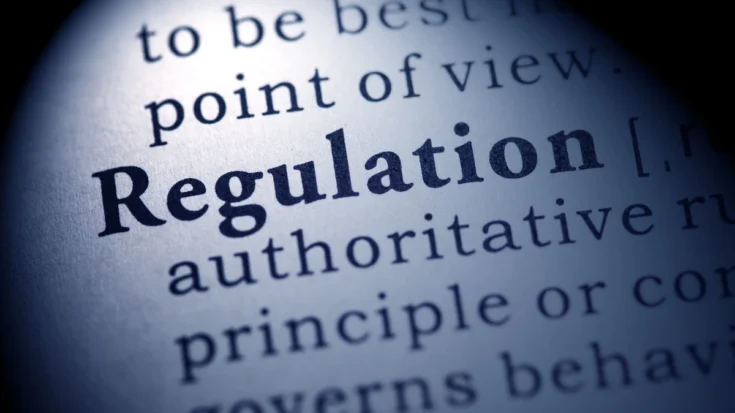
ECG testing is carried out to ensure the device meets technical standard Ministerial Decree of the Ministry of Communication and Digital No. 12 of 2025. Here are some of the main points in the test:
- Electrical Safety: SNI IEC 60950-1;2015 or the more recent, SNI IEC 62368-1;2013 or the more recent, IEC 60950-1; IEC 62368-1; and/or other relevant IEC or SNI standards.
- EMC (Emission): ETSI EN 301 489 and/or ETSI EN 301 489-17; IEC CISPR 32; and/or SNI CISPR 32: 2015 or the more recent.
- EMC (Immunity): The Testing Method for immunity requirements is under the provisions in the THIRD Dictum of this Ministerial Decree.
- RF Output Power, Channel Bandwidth, Power Spectral Density, Spurious Emissions, and Out-of-band Emissions: ETSI EN 302 567 (lowest version is 2.1.1)
Electrocardiogram Certification Process in Indonesia
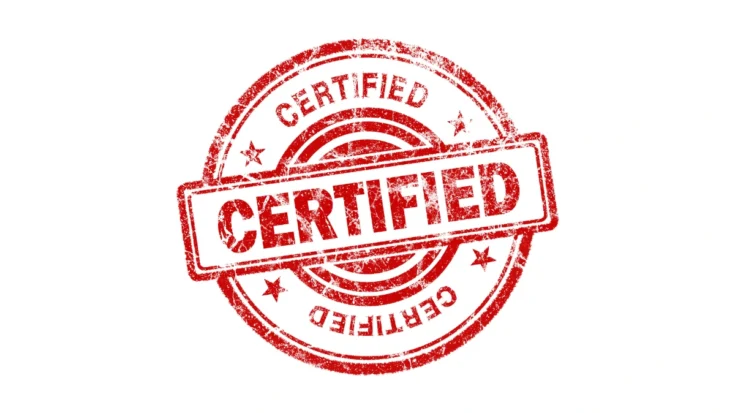
For electrocardiogram devices to be used legally in Indonesia, certification from DJID is required. Here are the steps to get it:
Pre-testing the device
Before official testing, the device must be pre-tested first using measuring equipment such as a spectrum analyzer.
This helps ensure devices meet technical standards before being tested in authorized laboratories.
Testing at an official laboratory
After passing the pre-testing, the gadget will be sent to an assigned official research facility to experience testing according to the guidelines stipulated in the Ministerial Decree of the Ministry of Communication and Digital No. 12 of 2025.
Issuance of certificates
After the device passes testing, an official certificate will be issued by DJID. This certificate is a requirement to market the device legally in Indonesia.
Tips to ensure standards compliance
- Learn the latest regulations: Make sure you understand every detail of the Ministerial Decree of the Ministry of Communication and Digital No. 12 of 2025, including technical requirements and test methods.
- Perform pre-testing: Before official testing, perform pre-testing to ensure the device meets standards. If you don’t have a measuring instrument, use the DJID certification service which provides pre-testing services.
- Counsel a master: If this is your to begin with time looking for certification, consider utilizing the administrations of experienced DJID certification administrations.

